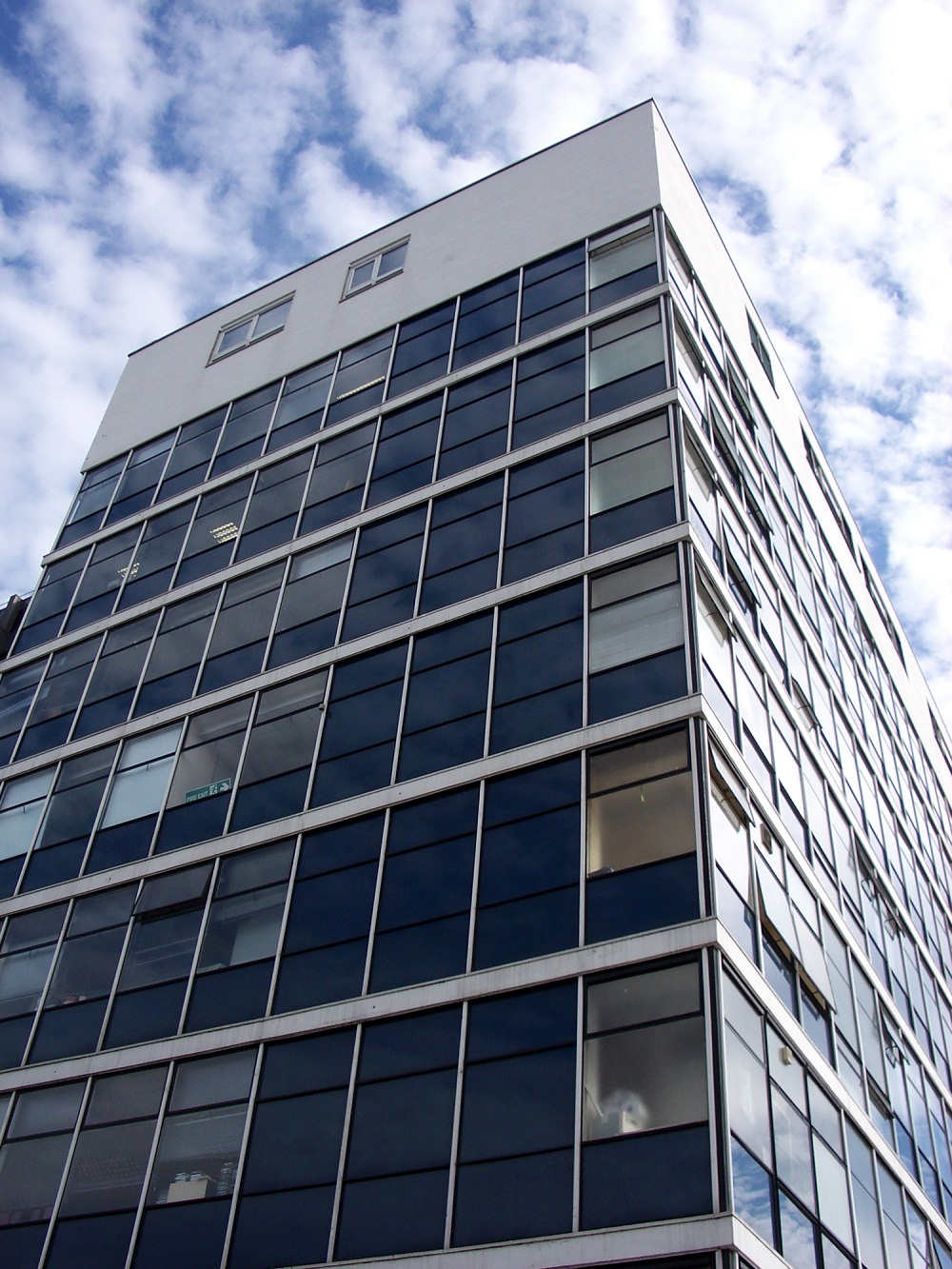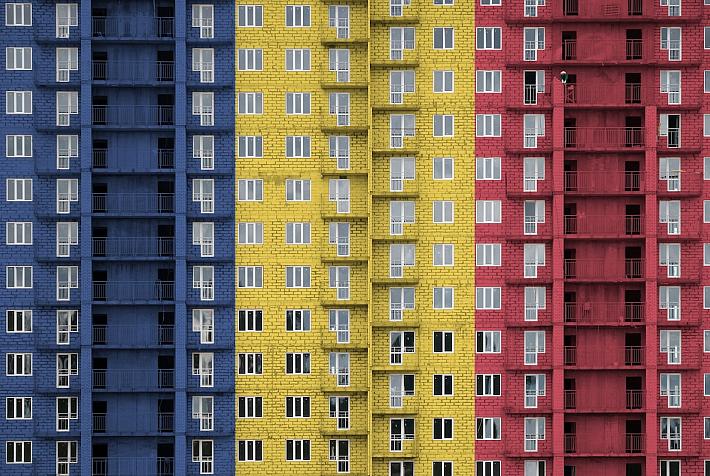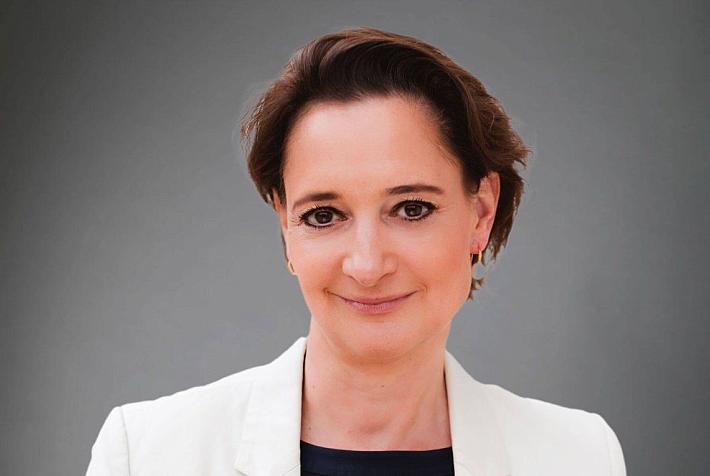Five tips for choosing the best office space for your business in Romania

 The more offers for office space you receive, the harder it gets to make a decision. You tend to look at how much it costs and how many sqm you are being offered. But you should be more thorough than this and try to organize the flow of information so you can compare apples with apples. There are five simple things you can do by yourself or while checking if the consultancy firm you have hired is giving you the important details.
The more offers for office space you receive, the harder it gets to make a decision. You tend to look at how much it costs and how many sqm you are being offered. But you should be more thorough than this and try to organize the flow of information so you can compare apples with apples. There are five simple things you can do by yourself or while checking if the consultancy firm you have hired is giving you the important details.
A guest post by Mirela Raicu, partner with Esop
Given the detailed technical specifications, an informed decision on the best headquarters for your firm takes more time and becomes difficult to reach. But there are ways to cut to the chase and find the best solution.
As much as possible, evaluate properties based on complete and comparable sets of data. And we mean the relevant information, not the details. For example, for some properties you might get info on the usable area of an office, which is the usable area for the work desks, including kitchen, server area and bathroom. For others, you get info on the leasable area, which includes, apart from the usable area, the common areas. This is actually the area you will pay rent for. We know, sometimes it is difficult to get the same type of data for each building, because each owner understands to promote their property in a certain manner. If you're dealing with a consultancy firm, structuring comparable sets of information is a must. The trouble is when you are working with several consultancy firms, which will give you data structured differently and you will have to put them together and compare, or ask for additional information.
Find out what is the common space quota for each office space. This is the space such as halls, stairs, etc, you share with the other tenants in the building. You will notice this can significantly influence or even entirely change the hierarchy of the office spaces you have ranked only based on rent per sqm. For example, an office space with a rent of EUR 10.5 per sqm, which seems the first option based on price, but which has a common space quota of 16 percent, is less advantageous compared to another one where the rent is EUR 11/sqm/month but with a common space quota of only 5 percent. Common space quotas vary between 8 and 13 percent for large buildings, of over 3,000 to 3,500 sqm, and between 12 and 17 percent for smaller buildings – under 3,000 sqm.
Analyze the main contract terms and see how flexible they are. The contract period asked by the owner and the possibility of expanding it is one thing to look at. Another is how owners calculate maintenance costs – open book or fixed costs, and in this case, what is the value of the costs? The down payment and the guarantees are another important issue to take into account. You will find out that some buildings, usually the class A ones come with slightly more inflexible terms, because they are financed through bank loans, and it is important to know about it at the beginning of discussions. But even so, after these last 12 months of the crisis, some issues have become more flexible.
Analyze the office space beyond the classical measurement of sqm. Doing so may seem obvious and it can be hard to believe that this is one of the important pieces of advice. But trust us, this is as real and as important as it gets. 500 sqm of office space in three different buildings will have three different levels of efficiency. Efficiency is given by various factors: the shape of the space, the number of facades allowing natural light in, the distance between two walls with natural light. The most efficient spaces are the rectangular ones, with natural light on the length of the building, on both sides. The square forms, although they seem linear and easy to partition, can be more difficult to handle in reality because of the big distance between the two facades with natural light. You should know that light goes to a distance of maximum 7 to 8 meters inside an office, so the desks you will place beyond this limit will not have enough light. So when you will look at the space efficiency using these parameters, you will find out that sometimes in 300 sqm of space you can place the same number or desks or even more compared to 375 sqm of office space in another building, with another configuration.
In the end, the best and safest indicator for comparing office spaces is the rent per work desk. The most important think is to benchmark against your main objective and not against intermediary ones. And your objective is not to lease a certain number of sqm, but to lease headquarters to accommodate a certain number of employees and an increase margin for this number. So from this standpoint, your final objective is best reflected in the rent per work desk, not by the rent for a sqm. The rent for a work desk is calculated as the ratio between the total rent (which in its turn is the rent per sqm multiplied by the number of sqm of the leasable area) and the number of work desks you have. The result can point to a different and better choice than when judging by rent per sqm only. This type of thinking can save you costs and headaches.
 Mirela Raicu is partner with Esop Consulting, a real estate firm specializing in the office segment. Mirela is also senior consultant on the corporate segment. She graduated the Bucharest Economic Academy (ASE). She has been working on the office segment for eight years, during which she has intermediated the lease of 16,000 sqm in the Sema Parc project. She has also worked with companies such as ENEL, Pagini Aurii (Golden Pages), Konica Minolta, Mega Image, SBS Broadcasting, News Outdoor, Alvarion, Burda Romania, Teamnet and Agroalim Distribution.
Mirela Raicu is partner with Esop Consulting, a real estate firm specializing in the office segment. Mirela is also senior consultant on the corporate segment. She graduated the Bucharest Economic Academy (ASE). She has been working on the office segment for eight years, during which she has intermediated the lease of 16,000 sqm in the Sema Parc project. She has also worked with companies such as ENEL, Pagini Aurii (Golden Pages), Konica Minolta, Mega Image, SBS Broadcasting, News Outdoor, Alvarion, Burda Romania, Teamnet and Agroalim Distribution.











